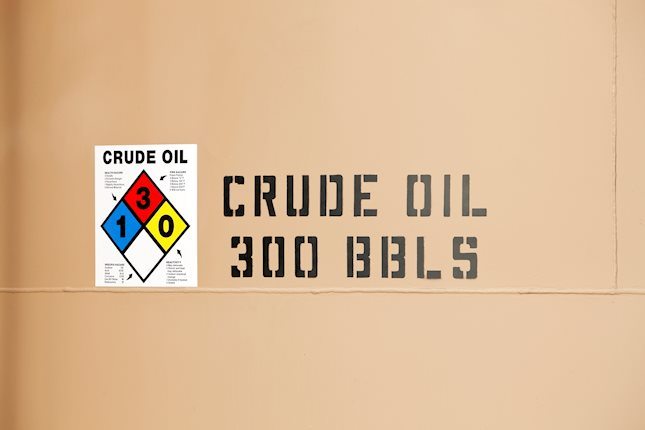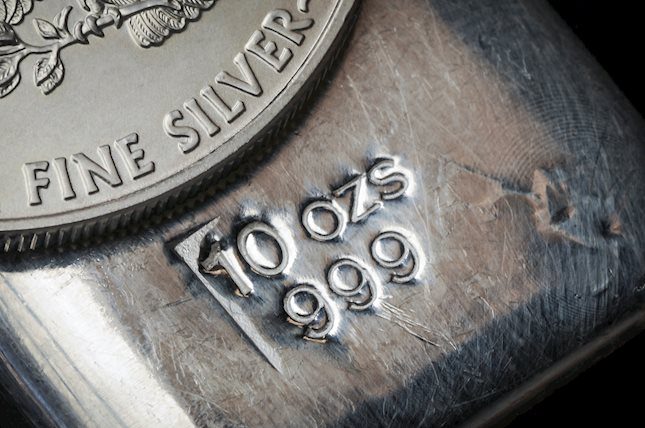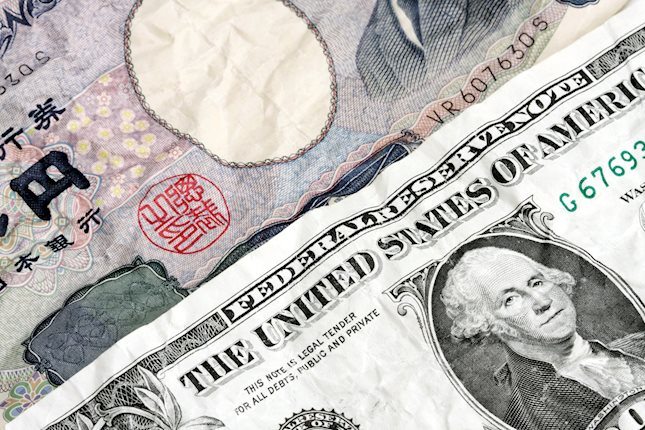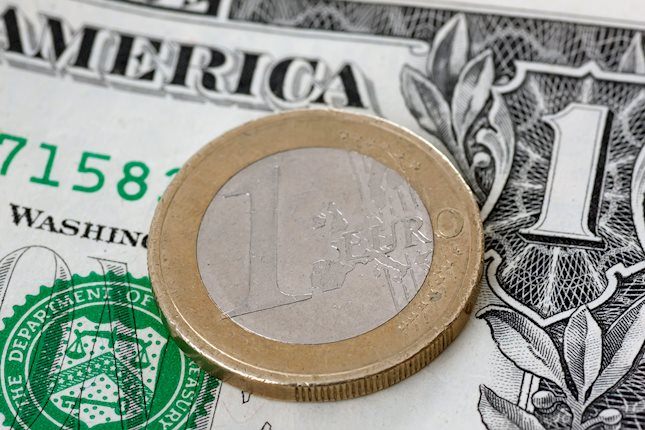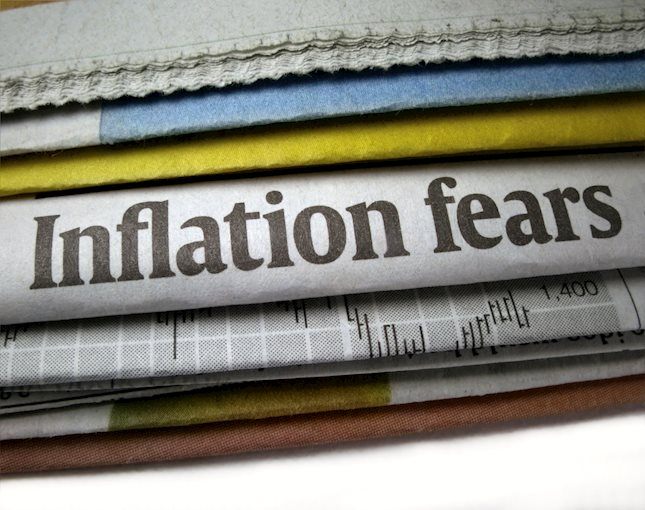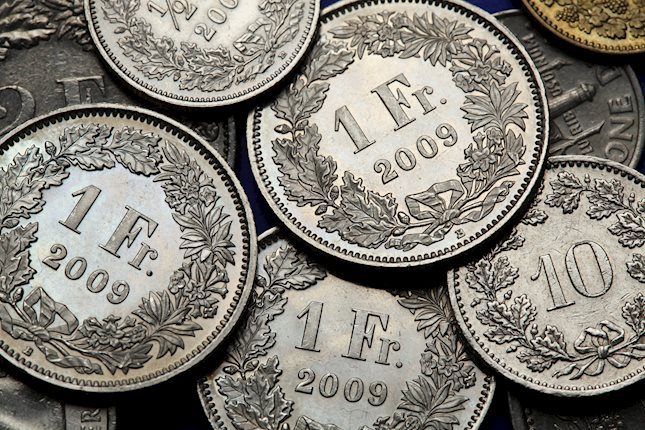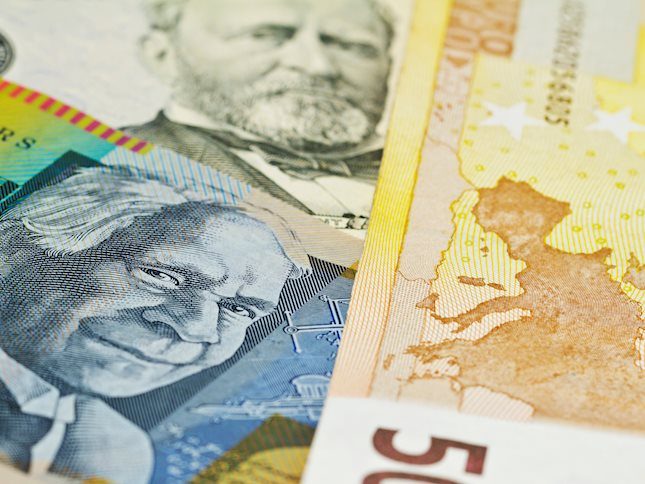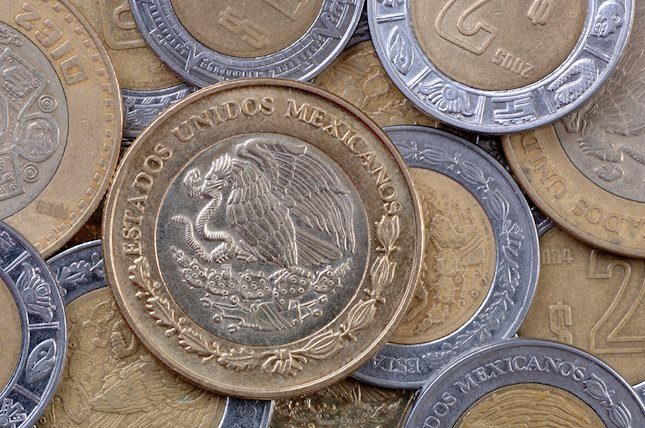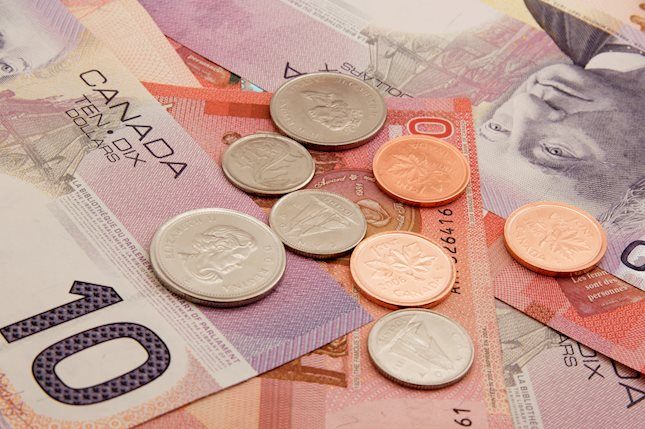WTI recovers to near $68.00, stronger US Dollar might cap its gains
- WTI price rebounds slightly to near $67.90 in Thursday’s early Asian session.
- US crude stocks fell by 777,000 barrels last week, citing the API on Wednesday.
- The firmer USD and OPEC's latest downward revision for demand growth could cap the WTI’s upside.
West Texas Intermediate (WTI), the US crude oil benchmark, is trading to around $67.90 on Thursday. The WTI price recovers slightly amid the surprise on crude oil draw. However, the stronger US Dollar (USD) broadly might cap its gains.
The American Petroleum Institute (API) weekly report showed crude stocks declined last week. Crude oil stockpiles in the United States for the week ending November 8 fell by 777,000 barrels, compared to a rise of 3.132 million barrels in the previous week. The market consensus estimated that stocks would increase by 1 million barrels.
The upside for the black gold might be limited as the US Dollar Index (DXY) climbed to the highest level since November 2023 after the US Consumer Price Index (CPI) inflation data for October came in line with expectations. A firmer Greenback makes USD-denominated oil more expensive for holders of other currencies, which can reduce demand.
Furthermore, the Organization of the Petroleum Exporting Countries’s (OPEC) latest downward revision for demand growth on Tuesday contributes to the WTI’s downside. OPEC lowered its global oil demand growth forecasts for 2024 and 2025, citing weak demand in China, India, and other regions, marking the producer group's fourth consecutive downward revision.
Looking ahead, Oil traders will keep an eye on the US Energy Information Administration (EIA) Crude Oil stockpiles report, which is due later on Thursday. Also, the US Producer Price Index (PPI), Initial Jobless Claims, and Fedspeak will be closely monitored later in the day.
WTI Oil FAQs
WTI Oil is a type of Crude Oil sold on international markets. The WTI stands for West Texas Intermediate, one of three major types including Brent and Dubai Crude. WTI is also referred to as “light” and “sweet” because of its relatively low gravity and sulfur content respectively. It is considered a high quality Oil that is easily refined. It is sourced in the United States and distributed via the Cushing hub, which is considered “The Pipeline Crossroads of the World”. It is a benchmark for the Oil market and WTI price is frequently quoted in the media.
Like all assets, supply and demand are the key drivers of WTI Oil price. As such, global growth can be a driver of increased demand and vice versa for weak global growth. Political instability, wars, and sanctions can disrupt supply and impact prices. The decisions of OPEC, a group of major Oil-producing countries, is another key driver of price. The value of the US Dollar influences the price of WTI Crude Oil, since Oil is predominantly traded in US Dollars, thus a weaker US Dollar can make Oil more affordable and vice versa.
The weekly Oil inventory reports published by the American Petroleum Institute (API) and the Energy Information Agency (EIA) impact the price of WTI Oil. Changes in inventories reflect fluctuating supply and demand. If the data shows a drop in inventories it can indicate increased demand, pushing up Oil price. Higher inventories can reflect increased supply, pushing down prices. API’s report is published every Tuesday and EIA’s the day after. Their results are usually similar, falling within 1% of each other 75% of the time. The EIA data is considered more reliable, since it is a government agency.
OPEC (Organization of the Petroleum Exporting Countries) is a group of 12 Oil-producing nations who collectively decide production quotas for member countries at twice-yearly meetings. Their decisions often impact WTI Oil prices. When OPEC decides to lower quotas, it can tighten supply, pushing up Oil prices. When OPEC increases production, it has the opposite effect. OPEC+ refers to an expanded group that includes ten extra non-OPEC members, the most notable of which is Russia.
Forex News
Keep up with the financial markets, know what's happening and what is affecting the markets with our latest market updates. Analyze market movers, trends and build your trading strategies accordingly.


